Raytheon has delivered the 13th AN/TPY-2 missile defence radar to the U.S. Missile Defense Agency, marking the first unit to feature a fully gallium nitride (GaN)-based array.
This upgrade significantly boosts the system’s sensitivity and performance, enhancing its ability to detect and track threats such as ballistic and hypersonic missiles.
According to Raytheon, the latest version of the AN/TPY-2 includes improvements across hardware and software, incorporating the CX6 high-performance computing suite. This enables more precise target discrimination and greater resilience against electronic attack. The radar operates in the X-band, offering high resolution tracking and the ability to distinguish between threats and non-threats—such as decoys or missile debris.
“This is the most advanced version of AN/TPY-2 that Raytheon has built,” said Sam Deneke, president of Air and Space Defense Systems at Raytheon. He added that it was the result of “years of investment and innovation to produce superior capability at a lower cost to the U.S. armed forces.”
The radar plays a critical role in U.S. and allied missile defence networks. Positioned forward or integrated into Terminal High Altitude Area Defense (THAAD) batteries, it is capable of tracking targets in multiple phases of flight.
The addition of GaN technology is expected to expand the radar’s surveillance capacity and support missions against evolving threats, including hypersonic systems.
As missile threats become increasingly diverse and complex, demand is rising for radar systems that can provide both range and discrimination accuracy. Deneke stated, “As demand increases for missile defense of the homeland, the AN/TPY-2 radar is ready to meet the mission.”


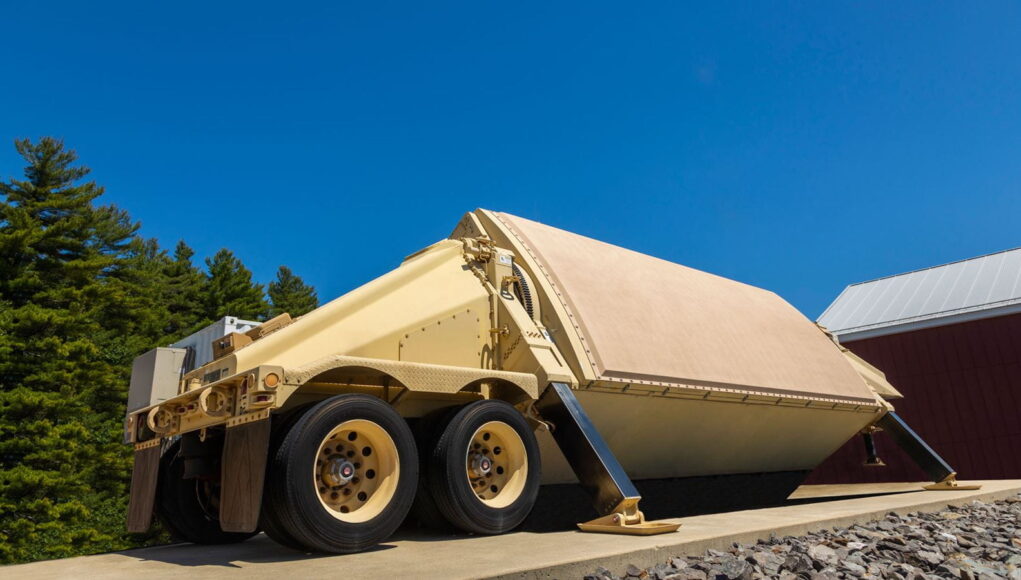


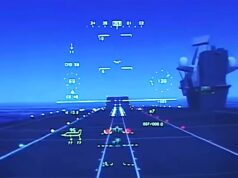
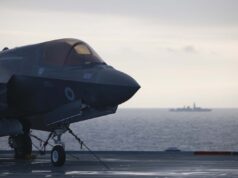
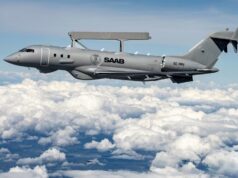
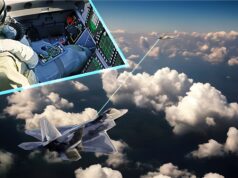
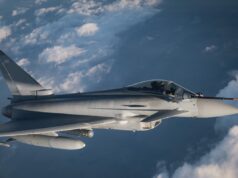
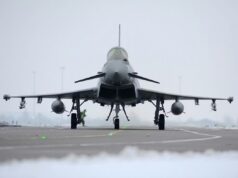
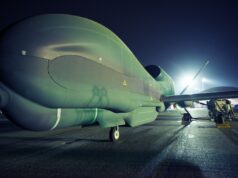


BBC News is reporting the SDSR will be published on Monday.
With 3% sometime in the next few years ‘a certainty’
Assuming nuclear deterrent and pensions are unchanged that would effectively mean a doubling of the balance of funding
That’s going to be very very interesting. Mood music is the whole of NATO are about to agree to get to 3.5% GDP to defence ratio by early 2030s (possibly 2032) with an additional 1.5% spent on defence associated costs eg infrastructure, housing, bunkers?, military-, industrial base.
Look forward to debating the outcome.
We should be looking at 3.5% for 2034 not 3% I think Europe is clicking on a bit faster than we are, I know we’re in NATO but the last few months should have shown us we need to be able to defend ourselves without anyone else helping, I really hope the next election we have parties shouting about 3.5%/4.% and I will vote for them.
The AN/TPY-2 is an absolute beast of a radar. As the piece says it operates in the X-band (8 to 12GHz or 3.8cm down to 2.5cm in wavelength). Raytheon are very coy on the radar’s power output. Being an active electronically scanned array (AESA) radar, it is said to have over 25,000 individual transmitter-receiver modules (TRMs). Which are used to create the beam and allow it to do multibeam transmissions. But they do say that it can detect Multiple independently targetable reentry vehicle (MIRv) from 800km to 3000km depending on the radar’s operating mode.
To put this in context, most fighter aircraft with an X-band AESA radar have a TRM count around 1500. Which is highly dependent on the aircraft’s nose cross sectional area (CSA), ie the bigger the area the larger the array can be. For example comparing the Typhoon with the Gripen. The Typhoon’s nose CSA is at least a third bigger. Thereby allowing a larger array to be fitted. Which means the radar can transmit with more power and has a greater receiver sensitivity, giving it a greater detection range.
When deployed the THAAD system comprises a command vehicle, the missiles, the radar, a generator set, a cooling unit and an electronics unit. These units are all about the size of a 40ft ISO container. As I mentioned this radar is a beast, which requires a forced cooling system along with a power set that generates over 1MW of electrical power. However, this is what you require if you’re using an X-band radar, that’s going to be used to detect and track small objects up to low earth orbit. You need to generate a huge amount of power to overcome the Achilles heel of X-band radars, which is atmospheric attenuation.
The TPY-2 is an X-band radar with 25,344 TRMs, 100 sq ft antenna (US Navy stated that radar sensitivity scales as a cube of the size of the radar aperture) makes it a very expensive radar, have seen quoted at $243 million, Raytheon claims the upgraded TPY-2 with 50 enhancements, the main one being the replacement of the obsolete GaAs TRMs to GaN to give twice the range with better discrimination.
In 2023, Lockheed Martin secured a contract for four TPY-4 L-band GaN radars for a total of $84.9 million, $21+ million each, don’t know the exact size of the antenna but looks slightly larger than the TPY-2 and don’t think it has similar performance. Lockheed states it uses 1,000 plus TRMs, so number of GaN TRMs the cost driver for the X-band TPY-2.
Little confused over here, L-Band or X-Band?
It doesn’t make sense to me to downgrade from X to L, idk
At my understanding, L-Band is on UHF spectrum and X-Band on SHF